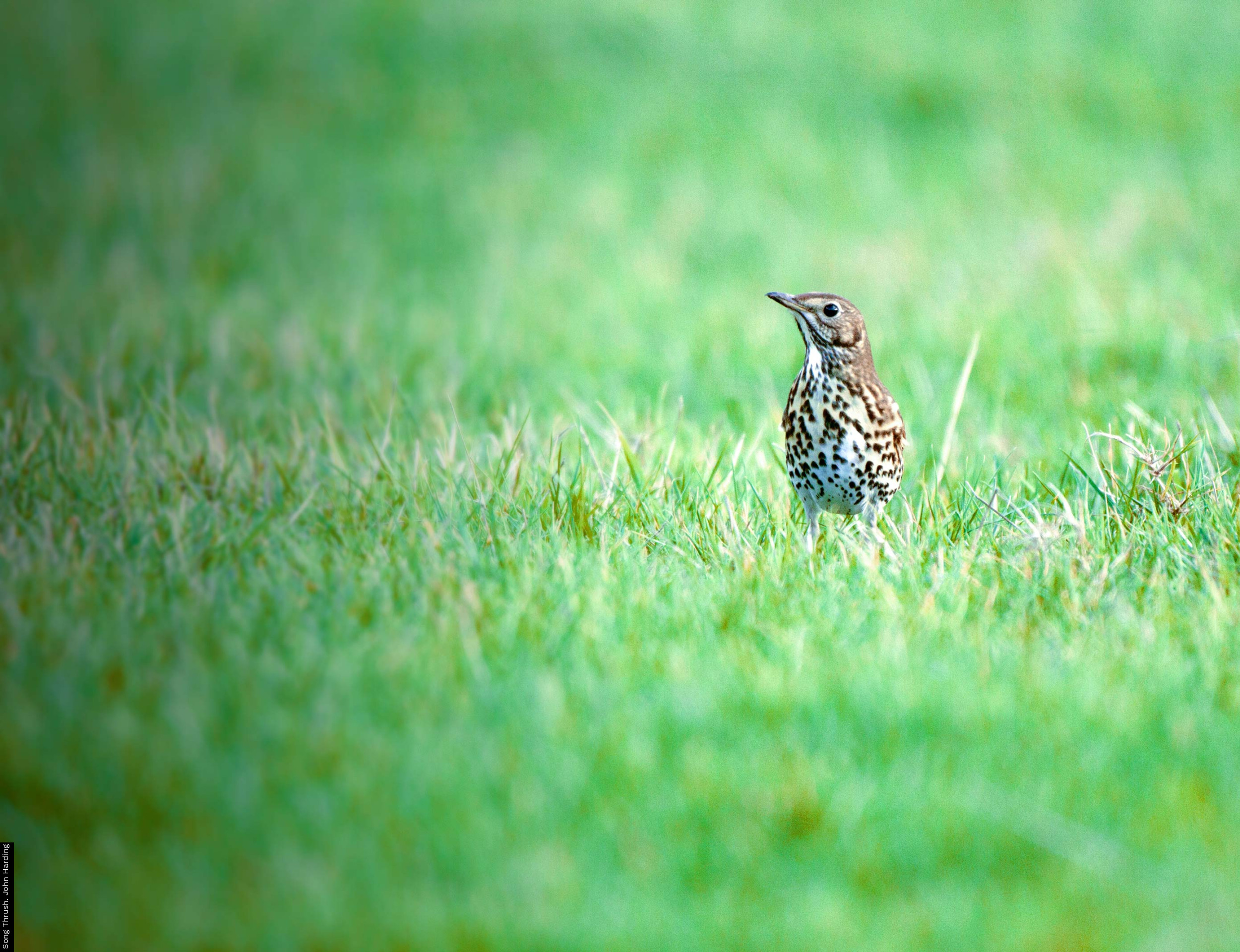House Sparrow (Passer domesticus) habitat use in urbanized landscapes.
Chamberlain, D.E., Toms, M.P., Cleary-McHarg, R. & Banks, A.N. (2007)
Journal of Ornithology 148: 453-462
Abstract:
The House Sparrow (Passer domesticus) is showing population declines in many parts of Europe, with recent declines being particularly severe in urban areas. To date, relatively little is known about the species’ habitat associations within urbanized landscapes. We report here an investigation of the habitat associations of house sparrows using a survey of 1223 stratified randomly selected 500 · 500-m squares within urbanized landscapes of the UK, defined as at least 25% ‘human cover’. Find out more about the BTO House Sparrow Survey >>>
The densities of chirping male house sparrows and of all house sparrows were analysed separately to obtain insights into breeding habitat requirements and general habitat associations, respectively. Multi-model inference showed that residential areas (houses, flats), allotments (areas used for small-scale horticulture) and farm buildings were key predictors of house sparrow density and chirping male density. Separate analyses on landscapes of differing human cover showed similar results.
Within residential areas, the increase of house sparrow density with habitat area (on a log scale) was approximately threefold greater when private gardens were present than when they were absent. The model predicted a rapid decline in house sparrow abundance when only a small area of private gardens is converted to continuous housing. Allotments and residential areas with gardens are likely to be under pressure due to increased demand for housing, specifically from the infilling of green space within urban areas. It would seem to be imperative that any action plan to protect urban house sparrow populations should include specific protection of such key habitats.







Share this page